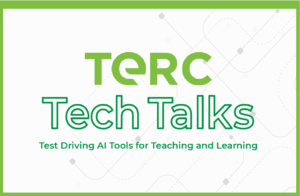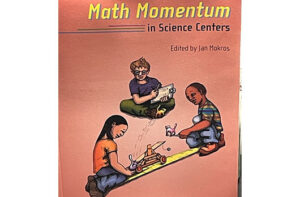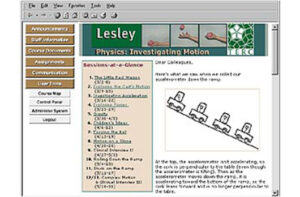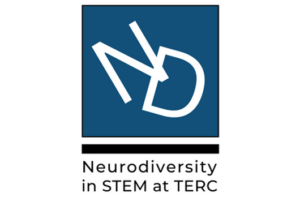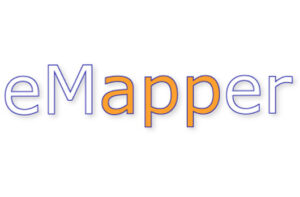Using eye-tracking in education: review of empirical research and technology
Fengfeng Ke, Ruohan Liu, Zlatko Sokolikj, Ibrahim Dahlstrom-Hakki & Maya Israel
Ke, F., Liu, R., Sokolikj, Z., Dahlstrom-Hakki, I., Israel, M. (2024). Using eye-tracking in education: review of empirical research and technology. Education Tech Research Dev. https://doi.org/10.1007/s11423-024-10342-4
Abstract
This study aims to provide a systematic review of recent eye-tracking studies conducted with children and adolescents in learning settings, as well as a scoping review of the technologies and machine learning approaches used for eye-tracking. To this end, 68 empirical studies containing 78 experiments were analyzed. Eye-tracking devices as well as the ever-evolving mechanisms of gaze prediction endorsed in the prior and current research were identified. The review results indicated a set of salient patterns governing the employment of eye-tracking measures and the inferred cognitive constructs in learning, along with the common practices in analyzing and presenting the eye-tracking data. Eye-tracking has been used to track engagement, learning interactions, and learning-relevant cognitive activities mainly in a research lab or a highly-controlled learning setting. The mechanisms of gaze capturing and prediction with learners in a dynamic and authentic learning environment are evolving.

Related People:
Ibrahim Dahlstrom-Hakki



